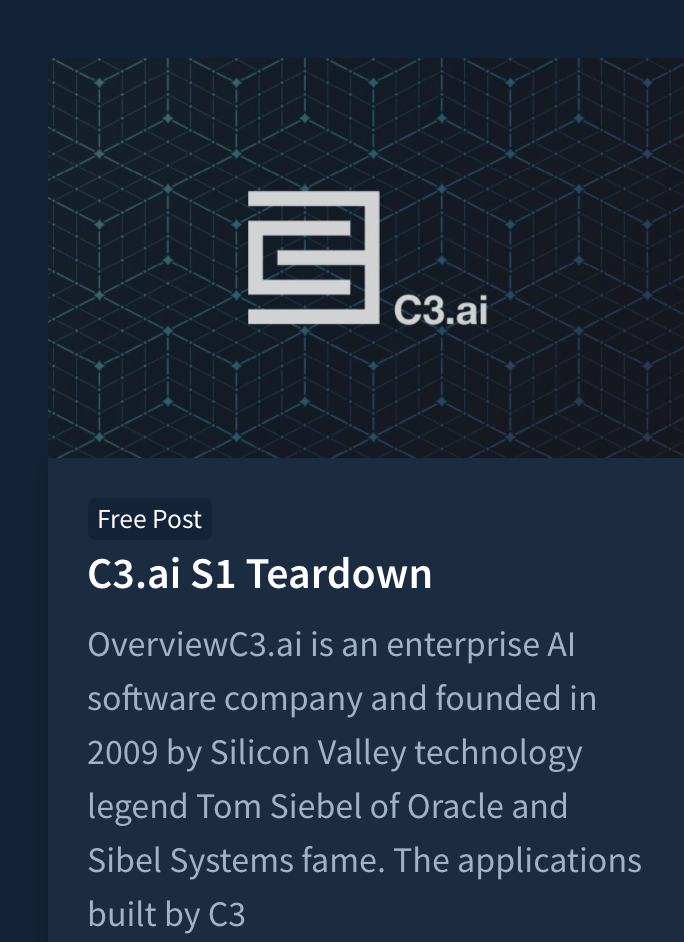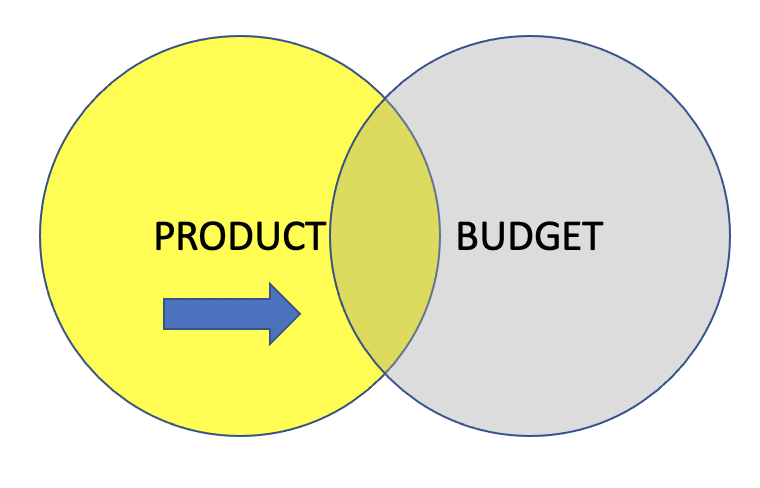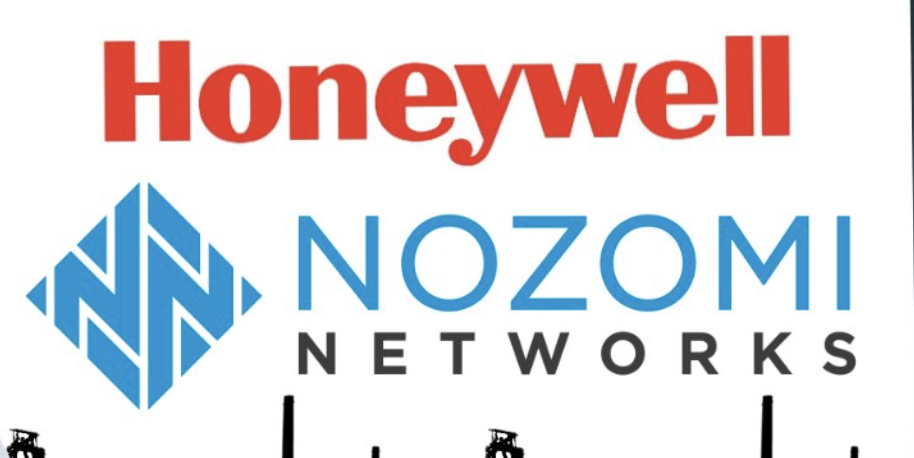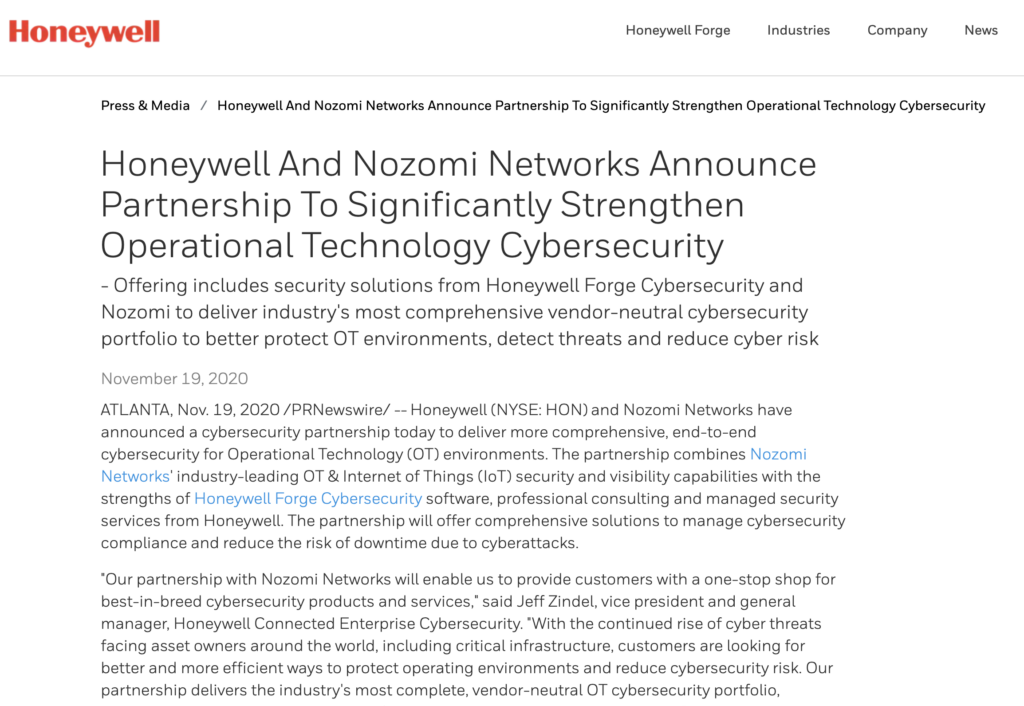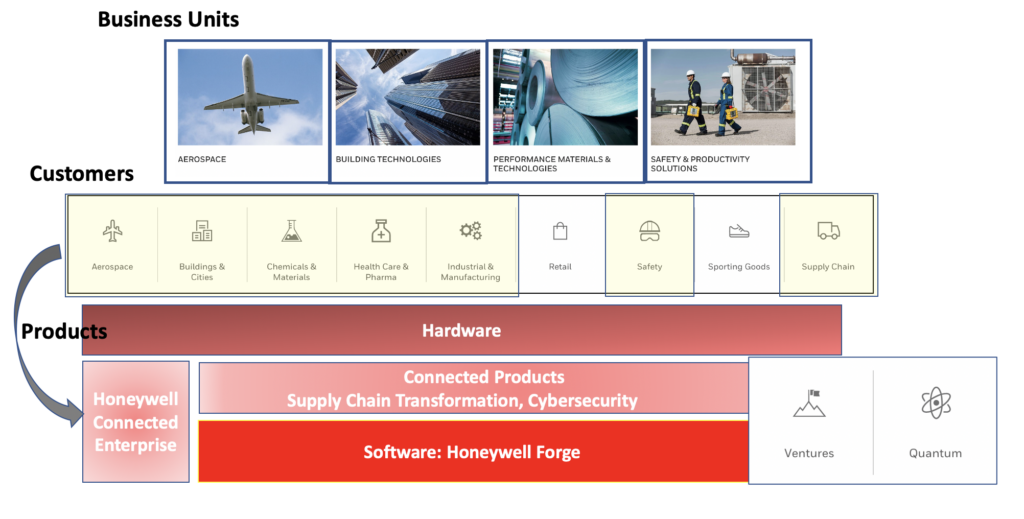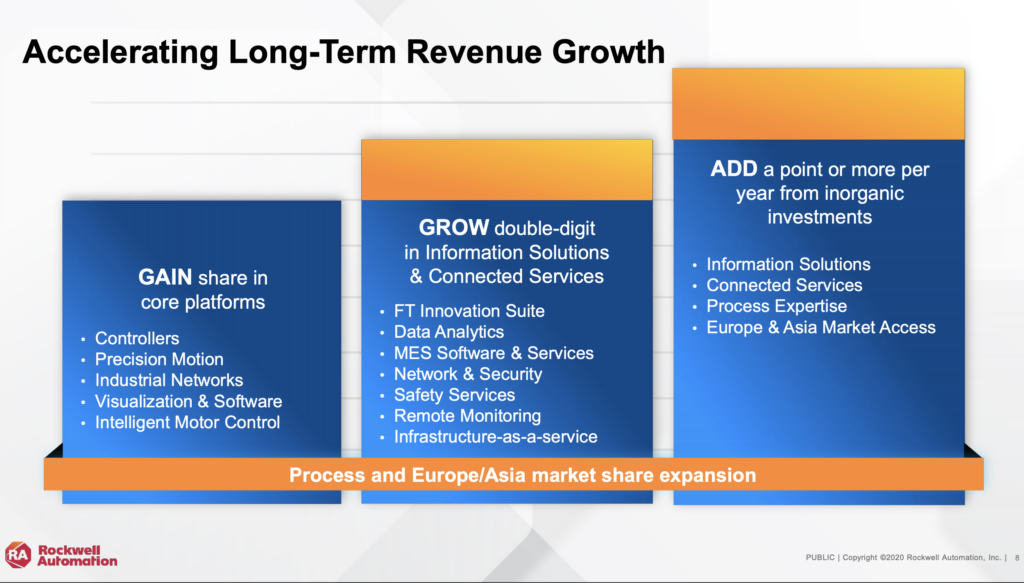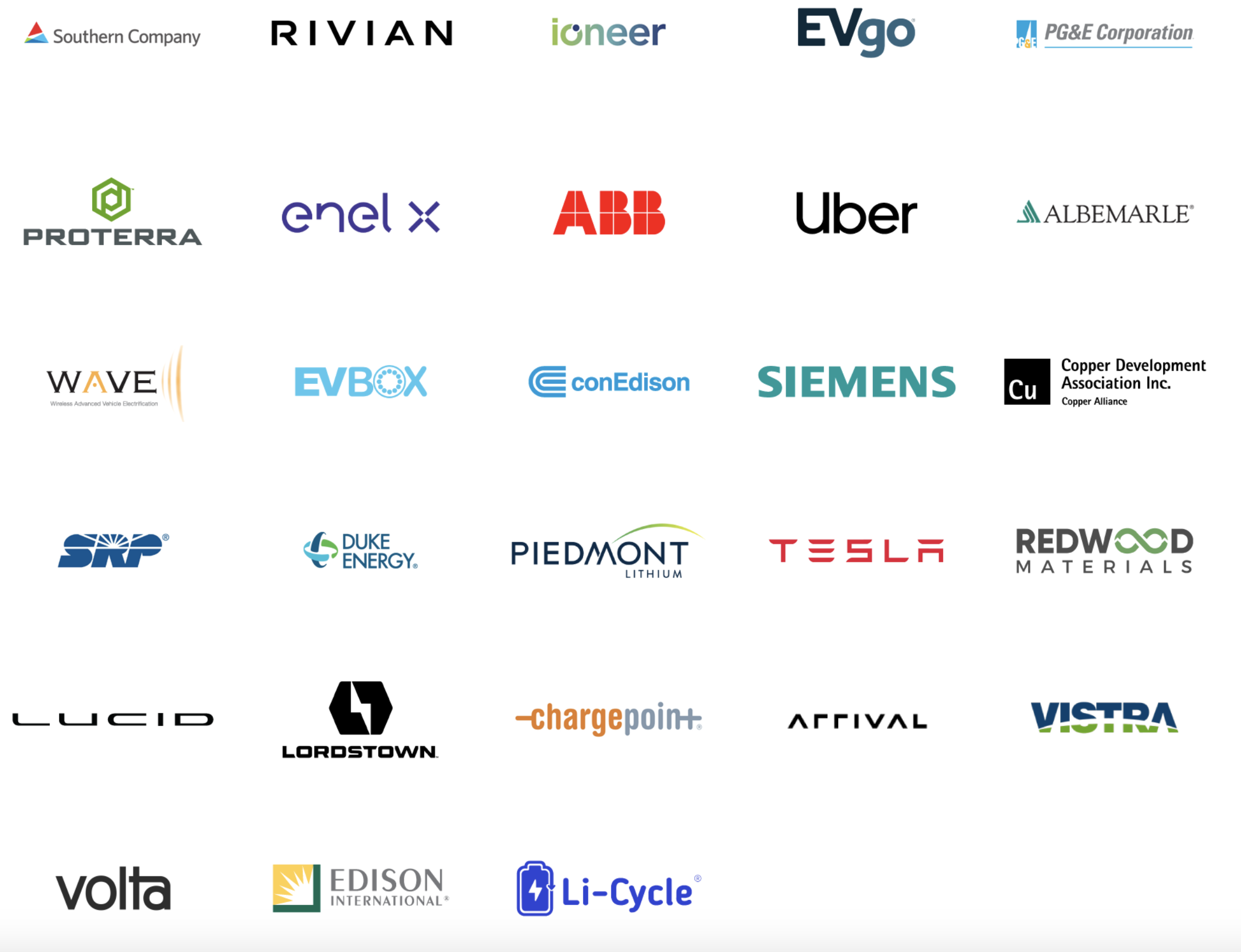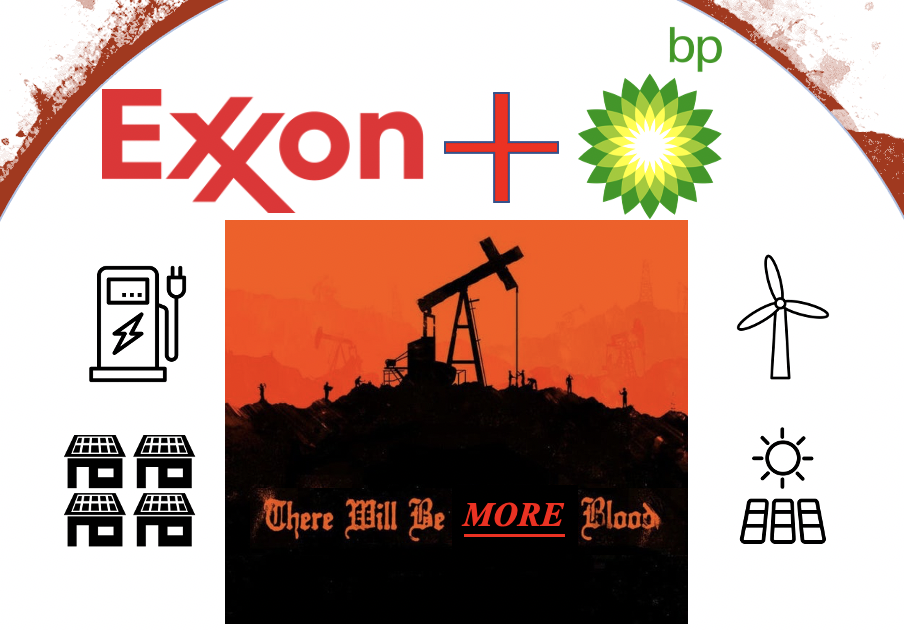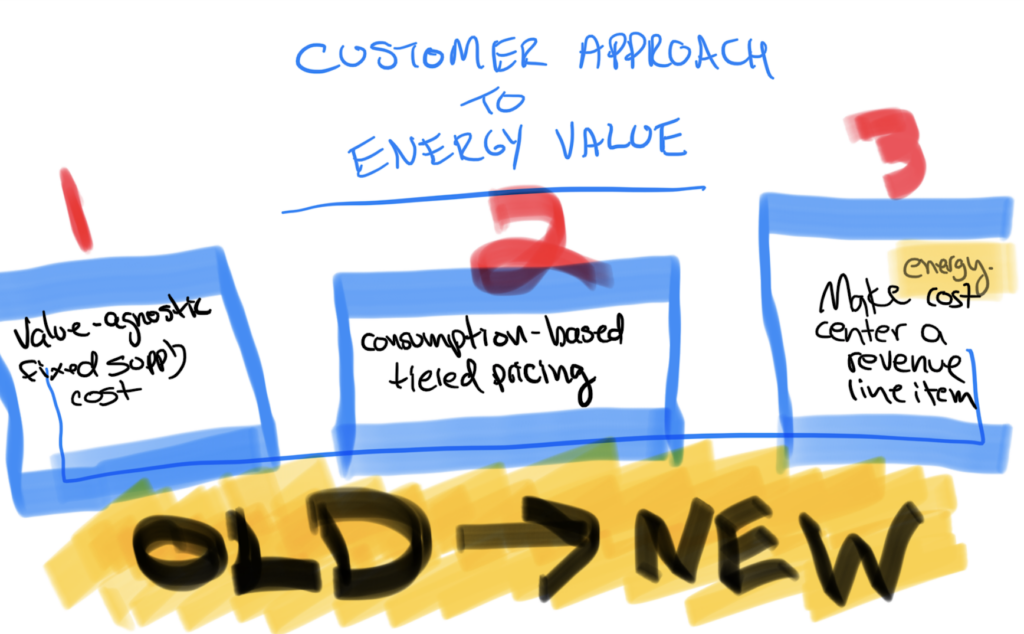I will be getting back into a few posts over the coming days. Today, I posted my latest article to Forbes:
There Will be MORE Blood: Exxon should acquire BP
Link can be found here, and the text is below:
The 2007 movie thriller There Will be Blood portrayed the ruthless quest for wealth throughout the 1920s oil boom. Wannabe oil barons menacingly clamored for land and used any method to extract and convert crude oil to wealth.
Fast forward to 2020 and we have a new script being written as the oil industry moves from thriller to horror story: Oil demand is getting crushed by a COVID-related slowdown. The accelerating electric mobility movement is limiting demand for transportation fuels. En masse corporations are revisiting environmental impact and carbon footprint metrics. Meanwhile the everyday consumer is now face-first with a continuous barrage of oceanic and land-based climate disasters. This confluence of events is leading to an unavoidable event: messy and major consolidation amongst the traditional energy superpowers.
And here is the first move on the oilfield: Exxon should acquire BP.
These two stalwarts are down 50% year to-date. And while both stocks are being decimated by lower demand for oil and expected heavier regulations, BP offers an important lifeline to Exxon. Why?
- Renewables are the future, and BP is focused on renewables. Aiming to be net zero by 2050, BP has built up the organizational structure, wind & solar assets, retail sites, and power trading capabilities to capitalize on renewables growth. Exxon doesn’t have any of these assets at scale.
- Investor sentiment has declined across the O&G sector and institutions and endowments are divesting from O&G for ESG purposes. Exxon is the largest carbon emitter with no plans on changing. A “bolt on” acquisition of BP would improve ExxonMobil’s carbon footprint and improve investor ESG sentiment.
- A focused subsidiary can drive internal change at the larger Exxon: in their most recent annual report, bp references “renewable”, wind, “solar” 124 times. Exxon? only 16 times.
Exxon trades at nearly 3x the scale of BP, meaning the combined company would be bolster an approximate $225 billion market capitalization.
The Energize Ventures team evaluated the prospective joint businesses by analyzing 3 key business units: Low Carbon & Renewables, Retail & Trading, and Oil & Gas framework. Mark Tomasovic brought many keen insights into how a traditional energy firm can use M&A to capitalize on the energy transition.
Renewables & Low Carbon
Wind & Solar: Exxon could operate BP Renewables as a standalone business to get exposure into the growing renewables category, improving investor sentiment, acquiring power expertise, and capitalizing on cost declines in wind & solar
- BP currently owns 2.5 GW and wants to develop 20 GW of renewables by 2025
- Exxon has no renewables or power generating assets in their portfolio
LNG Portfolio: BP’s strategy to becoming greener includes increasing their LNG portfolio
- BP wants to increase their LNG production from 15 MTA to 30 MTA by 2030
- Exxon is a leader in the LNG business with over 23 MTA of LNG globally and 4 mega projects currently being constructed
Biofuels: BP wants to increase its bioenergy portfolio to 50 kbd by 2025 to reduce emissions
- Biofuel research is a strength of Exxon after announcing a gene editing breakthrough in 2017. Exxon is the only major publicly continuing to talk about biofuels and is targeting the capability to produce 10kbd of biofuels by 2025
- However, many people still question if biofuels are commercially viable
Retail & Trading
Retail: BP has a strategic advantage with electric vehicle customers
- BP has 10M touch-points with customers every day at 2,870 retail gas stations and 7,500 EV charge points
- Exxon exited all of their retail sites in 2008. The Exxon and Mobil gas stations remain because they still license their name to retailers
- Margins on BP convenience / electrification are 25% and are expected to increase to 35%
- BP’s partnership with Uber and Microsoft position the company to capitalize on its EV charging and digital strategy
Trading: BP has a strong trading division for oil, gas, and power
- BP’s trading division has significantly improved company top line – specifically in oil trading – and they want to 2x the size of the power trading division
- Exxon has only a small trading organization and could benefit from trading expertise
Oil & Gas
1- Upstream Oil & Gas
BP and Exxon both want to high-grade their investments to the best basins and divest from old dry gas assets; the strategies are aligned here
- BP wants to divest $10B of non-core oil/gas assets
- Exxon wants to divest $15B of non-core oil/gas assets
Permian-Specific Assets: Exxon’s huge position in the Permian would be accretive to BP’s small position
- Exxon is the third largest landowner in the Permian (1.6M acres), whereas BP only owns 83K acres
BHP Gas Assets: BP has top-tier gas assets in the Haynesville and Eagle Ford that they acquired in 2018 from BHP; these gas assets will significantly improve XTO’s net acreage position in these basins
BPX (BP’s U.S. division) and XTO (Exxon’s U.S. division) both operate as semi-autonomous organizations within BP and Exxon and would be easy to merge
2- Downstream & Chemical
Refining: BP’s refining business is performing better than Exxon’s. Combined downstream organizations will increase purchasing power, add procurement synergies, and improve the efficiencies in BP retail networks
- Exxon refining margins are at historic lows and Exxon refining has not been profitable during COVID
- BP refining is still profitable
Chemicals
- Exxon Chemicals is still growing and profitable due to the company’s strength in plastics and olefins manufacturing
- BP divested their chemical company this year, which mainly focused on aromatics and acetyls
- The cheap gas from BP would certainly benefit Exxon’s $40B Grow the Gulf chemicals initiative
The energy landscape is changing, and Exxon’s acquisition of BP would provide a pathway towards owning the future of energy. Through the acquisition, Exxon would improve their base business by acquiring strategic U.S. assets while also adding exposure to renewables, retail EV charging sites, and a strong oil/gas/power trading division. During this time of consolidation in the O&G industry, Exxon can use the opportunity to bolster its core business, reduce its carbon footprint, and prepare for renewables growth. With volatile oil prices and historically low margins in O&G, the future remains unknown. But there is one thing for certain: it will be a messy transition and there will be (more) blood.
